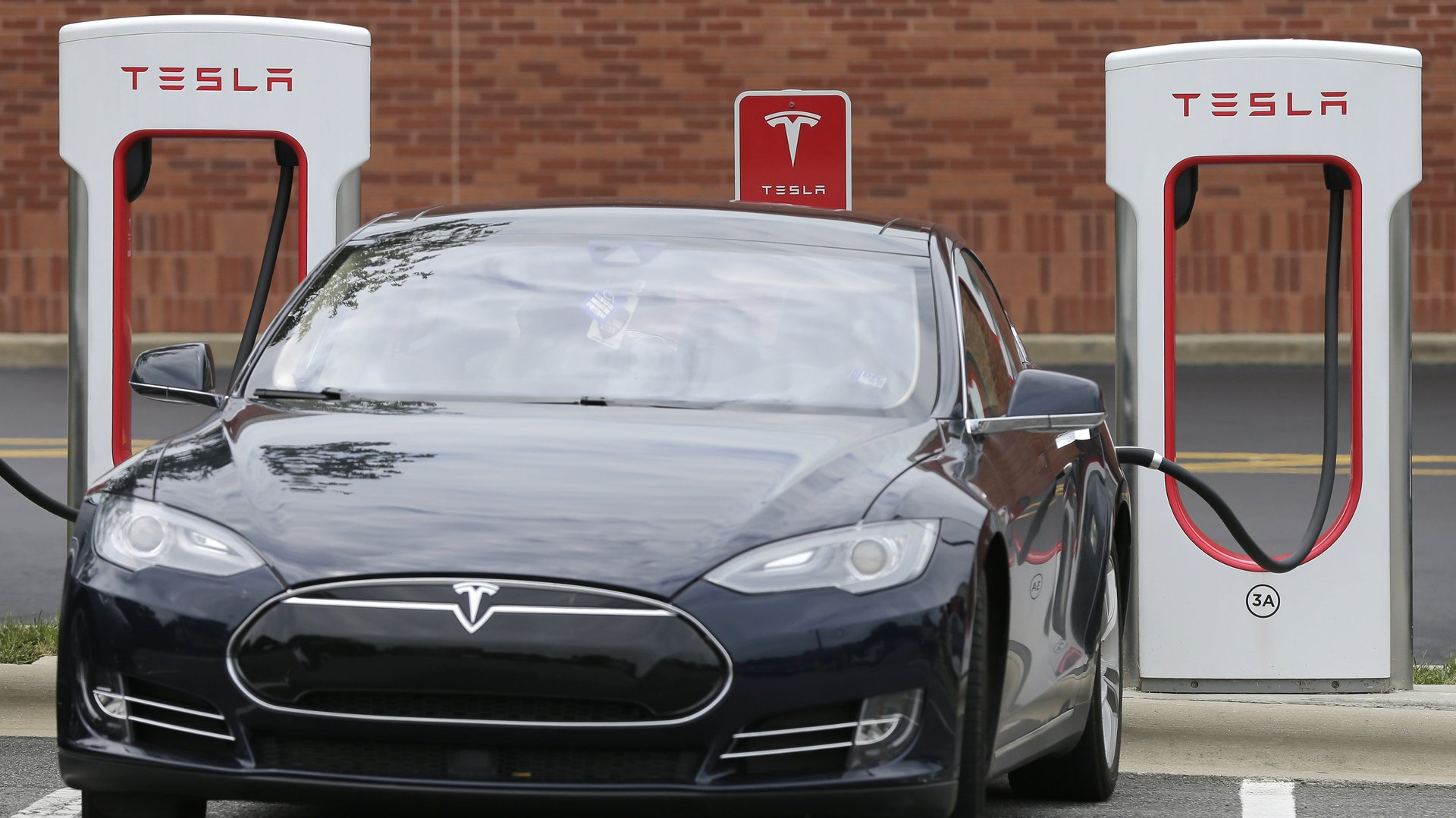Tesla intentionally makes some of its cars worse, and it’s good for everybody
If it were possible, companies would charge every person the maximum they would pay for their product. In this world of maximum pricing, Apple could charge the super-rich the tens of thousands of dollars they would probably be willing to pay for iPhones, while poorer consumers would pay much less than the going rate.


If it were possible, companies would charge every person the maximum they would pay for their product. In this world of maximum pricing, Apple could charge the super-rich the tens of thousands of dollars they would probably be willing to pay for iPhones, while poorer consumers would pay much less than the going rate.
Fortunately for rich consumers—and unfortunately poorer ones—this isn’t possible. Usually, companies are only able to offer their product at one price (less wealthy people would simply sell the product to richer people if they didn’t). Given this constraint, companies choose the price that will lead to the most profit, which is usually somewhere in the middle of how much the wealthiest and poorest are willing to pay.
Sometimes, companies do figure out a way to charge different prices to wealthier and poorer consumers for virtually the same product—economists call this “price discrimination.” They often do it by selling an intentionally limited version of the product. A perfect case of this intentional limiting came to light during Hurricane Irma.
In 2016, Tesla sold two different versions of their Model S and X electric cars. One version had a 60 kilowatt per hour battery, and another a 75. The 75-kilowatt version cost $9,000 more.
Prior to Irma’s landfall, Tesla announced that it would flip the proverbial switch, and allow the 60-kilowatt cars to become 75-kilowatt cars. This enabled the 60-kilowatt vehicles to go 230 miles per charge, rather than 200. “We hope that this allows you to travel to your next destination with confidence and ease,” Tesla wrote their Florida customers.
Tesla was able to upgrade the kilowattage in the cheaper version of the car because both models actually have the same 75-kilowatt battery. The company just chooses to limit the capacity in some cars so they can have two different price points.
The response to Tesla’s decision has been mixed. While some observers congratulated the company for proactively reacting to the impending storm, others were disturbed by the revelation that the company could so easily increase the capacity on their cars. If the battery could be more powerful without any extra cost to Tesla, ask critics, why deny this capability to certain drivers?
The answer: Limiting battery capacity actually makes Teslas more affordable.
The extra $9,000 that Tesla gets from its less price-sensitive customers is what allows it to charge a price for the lesser version of the car, the one that more cost-conscious consumers might purchase (though of course anyone purchasing a $60,000 Tesla is not poor). Perverse as it may seem, having a version of the car that gets less mileage actually makes it more accessible, which ultimately might make it better for the environment—assuming that Teslas are more environmentally friendly than the alternative car the Tesla buyer would have purchased.
The economist Alex Tabarrok of the blog Marginal Revolution points out that this is common for firms in research heavy industries. “A familiar example is software companies that offer a discounted or ‘student’ version of the product with fewer features,” write Tabarrok. “Since the software firm’s costs are mostly sunk R&D costs, the firm can make money selling a low-price version so long as doing so doesn’t cannibalize its high-willingness-to-pay customers…”
Tesla, whose CEO Elon Musk has described the company’s car as a “sophisticated computer on wheels,” is much more like a software firm than other auto makers. It makes sense that they follow a similar pricing strategy.